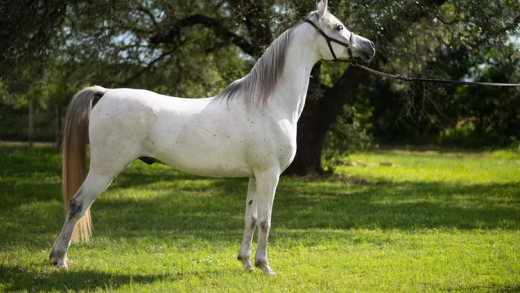Training exotic pets (Reptiles) can be an interesting and gratifying experience but it requires a different strategy than training more widely taught creatures such as dogs or birds. Reptiles such as lizards, snakes and turtles exhibit distinct behavioral and cognitive capacities which must be understood in order to train effectively. Here are some thorough instructions for training your exotic reptile.

Table of Contents
Understand Your Exotic Pets (Reptiles)
Each reptile species has unique behavioral features and demands. Understanding them is critical before starting any training. Bearded dragons for example are recognized for their gentle disposition and ability to learn basic tricks, whereas snakes while not as interactive may still acquire specific behaviors such as target training.

Building Trust and Handling
The first stage in training a exotic pets (Reptiles) is to establish trust and make sure they are comfortable with handling. Regular careful handling allows your reptile to develop accustomed to your presence and touch which is necessary for training.
Steps to Building Trust:
- Frequent with: Gradually increase the amount of time you spend with your reptile. Begin with brief sessions and gradually increase the duration as your pet becomes more comfortable.
- Gentle Approach: To avoid stress or injury, handle your reptile softly and support their body properly.
- Consistency: Handle your reptile on a regular basis to strengthen the bond and build trust.
Positive Reinforcement
Positive reinforcement works effectively with exotic pets (Reptiles) as it does with other animals. This entails rewarding your reptile for performing the desired behavior. Food, soft caressing or a warm basking area are all possible rewards.

Steps to Positive Reinforcement
- Identify the Reward: Figure out what your reptile finds rewarding. For many reptiles food is their fundamental motivator. Choose treats that your reptile will appreciate.
- Consistency: Be consistent with your reward. When your reptile exhibits the required behavior immediately deliver the incentive.
- Timing: Ensure that the incentive is delivered immediately following the behavior to emphasize the link between the action and the reward.
Basic Commands and Training Techniques
Begin with simple behaviors and eventually progress to more complicated training. Here are some fundamental commands and techniques:
- Target Training: In this step you teach your reptile to contact a target such as a stick or your hand for a reward. Start by holding the target close to your reptile and rewarding them when they touch it. Gradually increase both distance and complexity.
- Station Training: This educates your exotic pets (Reptiles) to visit a specified location or station usually for feeding. Place a goodie in the designated location and direct your reptile towards it. With practice your reptile will learn to go to the designated location on demand.
- Name Recognition: Consistent teaching allows reptiles to recognize their own names. When handling or feeding them use their name regularly and reward them if they reply.
- Handling and Routine: Make your reptile familiar with routine handling and care activities, including as being picked up relocated to a different enclosure or having their habitat cleaned.
Addressing Behavior Issues
Reptiles can engage in unpleasant behaviors such as hostility, reluctance to eat and stress-related acts. Handle these challenges with tolerance and positive reinforcement.

- Aggression: Fear and territorial behavior can also lead to aggression. Determine the source and attempt to reduce stressors. Handle your reptile cautiously and keep it in a secure setting.
- Refusal to Eat: This might be attributed to stress, poor habitat circumstances or health problems. Check your reptile’s habitat and contact a veterinarian if the condition persists.
- Stress: Signs of stress include hiding, glass surfing and changes in eating patterns. Reduce stress by creating a comfortable atmosphere, regular handling and a consistent schedule.
Environmental Enrichment
A stimulating environment is essential for your exotic pet’s (Reptiles) health. Provide a variety of hiding places, climbing structures, and interactive features that reflect their natural environment. This reduces boredom and improves physical and mental wellness.
- Habitat Setup: Make sure your reptile’s habitat is suitably sized and contains aspects that cater to their species-specific needs, including as basking areas, water features, and appropriate substrate.
- Toys and Enrichment: Provide toys and enrichment activities that promote natural behaviors like foraging and climbing.
Patience & Persistence
Patience and persistence are required while training reptiles. Progress may be slow but it is critical to recognize tiny victories. Never force your reptile to execute a behavior this might cause stress and regression.

Conclusion
Training an exotic pets (Reptiles) is a unique and gratifying experience that demands comprehension, perseverance and consistency. You may teach your reptile numerous habits that improve their quality of life and increase your link by establishing trust, utilizing positive reinforcement and creating a stimulating environment for them. Remember that the goal is not just to train your exotic pets (Reptiles) but also to enhance its life and keep it happy and healthy. Enjoy the process and appreciate the special bond you form with your reptile pet.
People also search for: Raccoon Dog: Exploring the Mystical Tanuki of East Asia(2024)
















